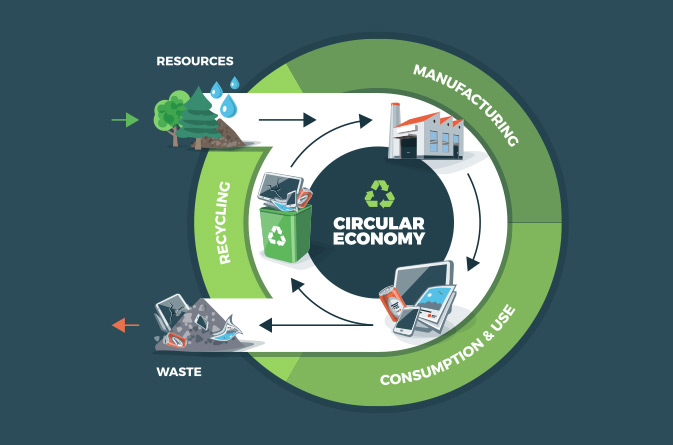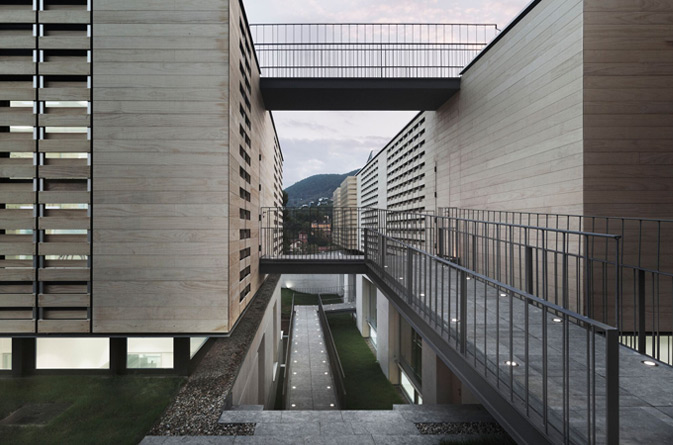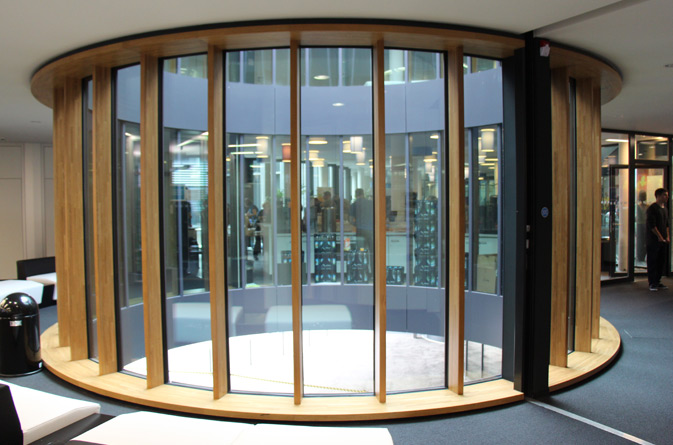Architecture is key in the circular economy
The main characteristic of this environmental protection strategy is that waste does not exist: it is a resource.
The circular economy is a concept of consumption based on zero waste. The aim is to put into practice the opposite of “disposable”. The idea is that everything that is used (is consumed), can be reused, recycled or reconverted at the end of its useful life. Exiting the circle means failure: converting that particular product into waste.
There are more and more companies and sectors that understand that the current model of consumption is not viable for a healthy planet and, consequently, to guarantee our survival and that of other living beings. Sustainable architecture aims to seek new roads in design and construction that help to protect the environment and, at the same time, improve people’s lifestyle habits.

Image of the circular economy
How can we get into the circle of sustainability?
The big question that arises in the profession is whether in practice it is possible to develop a circular economy in architecture. To respond to this, many architects are starting to focus a large part of their attention on the essential element of any project that they want to make reality: the construction materials.
We might not yet be ready to design buildings with absolutely all components able to be reused. In fact, today 54% of demolition materials are not reused, and go directly to landfill. But all indicators point to a very different way of building in the future. The route is starting to be set out clearly by society’s ecological awareness, world legislation and the scarcity of some materials.

Oak House School | Arch: Trasbordo arquitectura y gerencia de construcción S.L. | Product: Ventilated façade – Accoya® tongue and groove units
Let’s start, as always, with wood
Wood has been helping architecture to evolve practically since its origins. Today it has become, again, an essential building material, in sustainable innovation that drives this art towards its ecological targets.
Wood is, in itself, a natural resource. Its intrinsic qualities as organic matter present it as the sustainable material par excellence: recyclable, reusable, reconvertible. Using wooden components in construction is a big first step in integrating architecture into the circular economy.
The good news is that the advantages of wood increase with its structural properties, which make it possible for many traditional products considered decorative to earn greater importance as construction components.
VIGAM: the only oak glulam beam in the world with the CE marking for structural use
Certified wood for structural use is a solution sustainable for architects who are creative and respectful of the environment. With VIGAM, the only oak glulam beam in the world with the CE marking for structural use, manufactured and distributed exclusively by GRUPO GÁMIZ, it is possible to design, for example, wooden curtain walling without the need for steel or aluminium.

European Southern Observatory (ESO) offices | Arch: Auer & Weber – Munich | Product: Oak glulam – curtain wall
With this option, professionals can achieve a lightweight façade with warmer and more attractive interiors, with the natural personality and elegance that only wood can provide.
What is most important is to have the vision that it is possible to change the world and to act on it. Many architects already do so every day, trusting wood as the most reliable building material for projects that aspire to quality, as architecture has been doing for 12,000 years.

